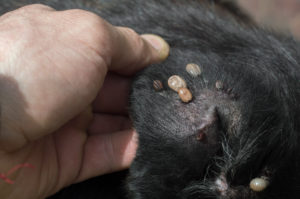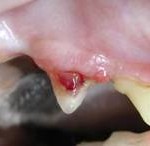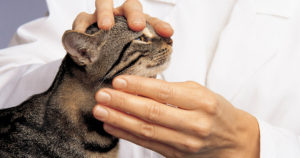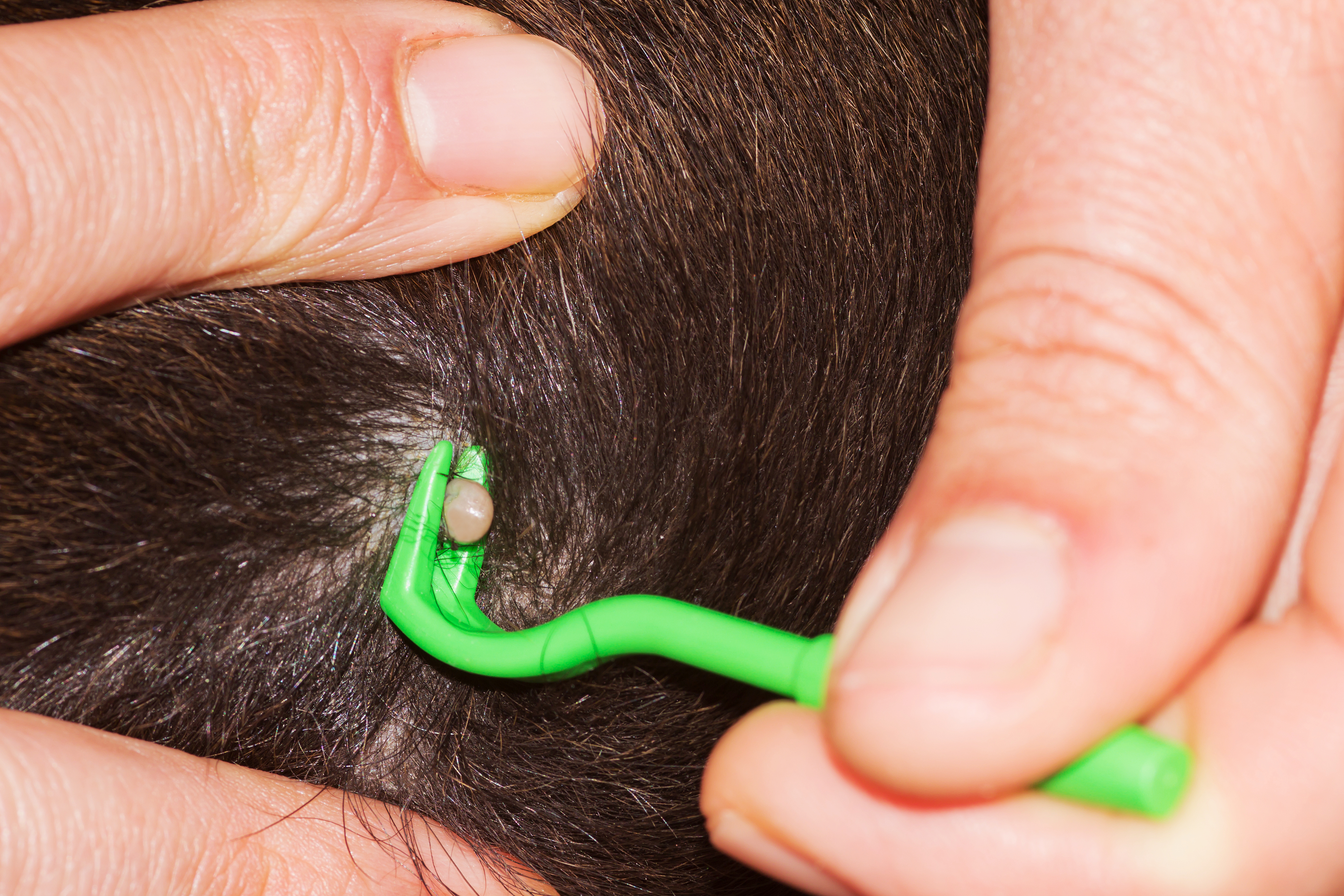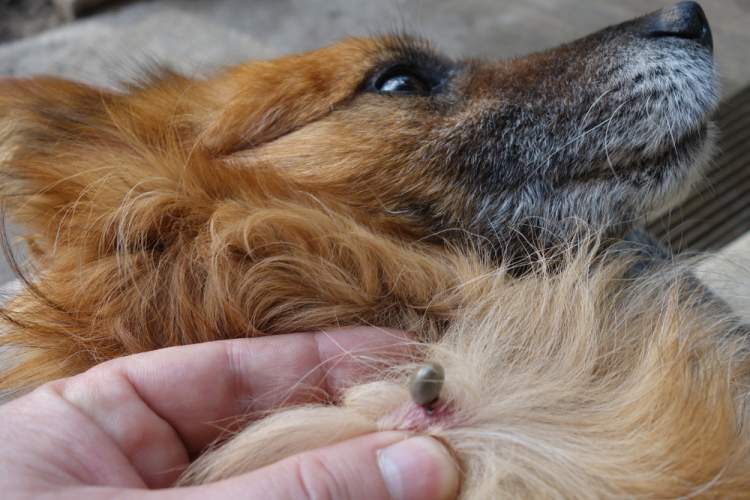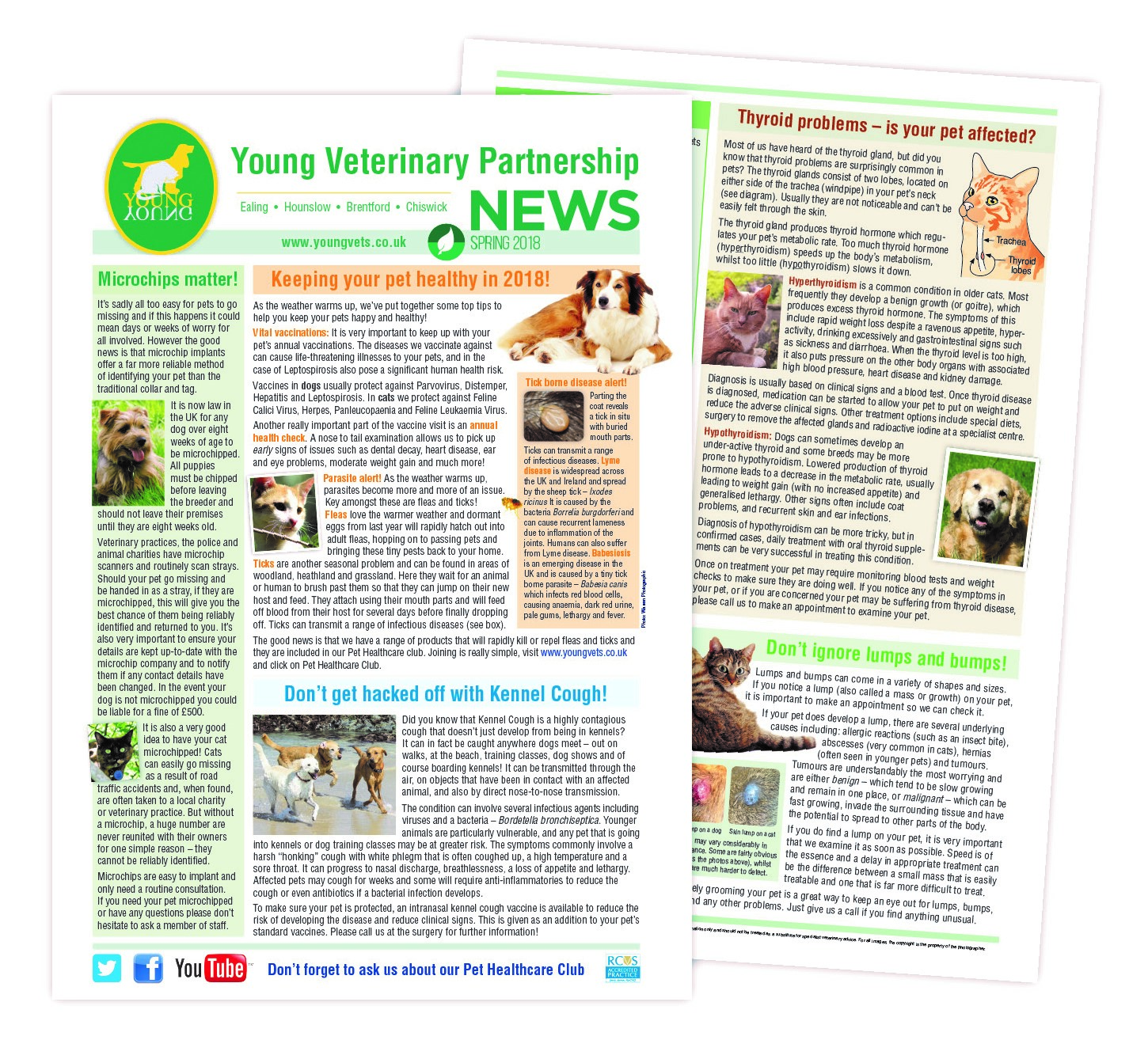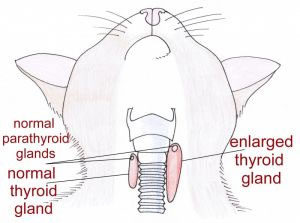Ticks And Flea Bites On Dogs – 15 Things You Might Not Know
You may first become aware of flea bites on dogs because your dog will be restless and scratch more than normal. Look out for them shaking their head, scratching around the ears or repeatedly licking and chewing the same parts of their body. If they do have them, you’re unlikely to be able to spot fleas on your animal yourself – unless it is a severe infestation. However, if you are suspicious about their behaviour, you can check their coat with a dog comb.
Fleas have incredible abilities for creatures of such a tiny size. Did you know the female flea consumes 15 times her own body weight in blood every day?
How do I know if my animal has fleas or ticks?
If you learn to spot these symptoms of ticks and flea bites on dogs, you will be able to introduce a dog tick treatment, or treatment for fleas, and make your pooch’s life a little easier. Here are our top facts on fleas and ticks to help you prepare for managing and preventing attacks from these tiny bloodsuckers.
1. The most likely way your dog is going to get fleas is from another dog. Fleas have incredibly strong back legs and can easily make the jump from one animal to another over close ranges. An adult will be able to make jumps approximately 150 times its own size. Can you imagine an adult human being able to jump over a very tall building? A flea’s leap is just as impressive.
2. Fleas are quick to set up a colony and the female flea can lay 2,000 eggs in her lifetime.
3. Your animal can develop other conditions, like tapeworm or anaemia, as a result of having fleas. They may also itch excessively. This is because flea bites on dogs can cause allergic reactions.
4. Fleas can come and live in your home and infest any animals that live there. You can bring them in on your clothing or shoes, or they may hitch a ride with wild mice or other small creatures.

Ticks And Flea Bites On Dogs – 15 Things You Might Not Know
5. You may notice flea bites on dogs after visiting a groomer or dog sitting service – fleas thrive in these communal environments unless they are well-managed. Always ask these places about their arrangements for flea control and choose not to send your pet if you’re not happy with their answers.
6. Fleas can also live outdoors during warm, damp weather. This could be out in your yard or other shady spots. Fleas do not need to eat regularly to survive – they can go 100 days without access to a blood meal.
7. The symptoms of fleas and ticks in dogs are in some ways quite similar. Dogs with ticks may also itch more and go over the same areas of their body repeatedly. However, ticks can also cause a fever, lethargy, a loss of appetite and depression. These symptoms can continue for days to weeks.
8. Ticks are actually arachnids and members of the spider family. This means that, although they also suck blood, they are more closely related to scorpions than fleas or other insects.
9. Ticks have four life stages: the mother lays an egg, which develops into an infant larva, then a nymph, before growing into an adult which is able to reproduce itself.
10. Ticks have a wide family tree and there are around 850 varieties. Some of these species are able to transmit painful diseases, such as Lyme disease and Rocky Mountain Spotted Fever.
11. Ticks use the blood of animals as their main food source. Humans, reptiles, mammals and other wild and domestic animals are their usual favourite meals.
12. Dogs are far more likely to suffer tick infestations than cats. They may also suffer multiple diseases as the result of a single bite.
13. It can be difficult to spot a tick, particularly if your pet has dark fur. They appear as just a tiny spot. There are a few ways to know you might need to invest in dog tick treatment. You may spot a tick yourself or spot your pet’s itching and lethargy as described above.
14. The diseases carried by ticks are not present through the creature’s entire lifecycle. They pick them up from creatures they feed on and them pass them to the unlucky host that serves as their next meal.
15. You should never try to remove a tick with your hands. Instead,use a tick twister to ensure all parts of the tick are removed. If you don’t feel comfortable doing this please contact your nearest Young Vets surgery and one of our experienced team members will be able to remove the tick for you.
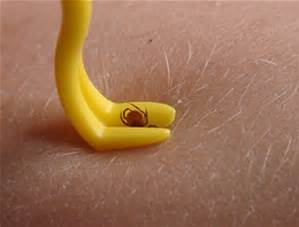
A tick twister.
If you think your pet may have a problem with an unwelcome infestation, it’s fairly easy and simple to do something about it. First, you should check your animal’s fur for signs of actual flea activity, either fleas themselves or black-looking dust – this is flea waste. You will see it most often around the stomach and the tail.
Once you’re sure what you’re dealing with, there is a range of dog flea and tick treatments on the market from collars to shampoos and monthly pipettes. These should see off flea bites on dogs but you may need more than one treatment. Ask our team today about he most suitable treatment available for your pet and don’t forget it is always advisable to treat all pets in your home.
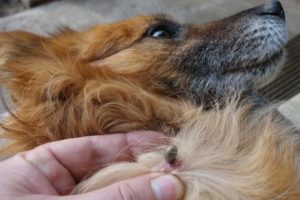
How do I treat my home if my dog has fleas?
The next step is to treat your own home. Ask our team about the house sprays that we have available to help kill the flea life cycle. Start with thoroughly vacuuming all the carpets and flooring, even the hard surfaces. When you have finished, you should seal the hoover bag in plastic and safely dispose of it outside of your home.
Your animal’s bedding will also need treating. Put it through the washing machine on the hottest wash possible and, if you can, dry it with a hair dryer. It may be easier to take a trip to the launderette and run it through the large tumble dryers. If you cannot wash and dry your dog bed in this way then you might need to replace it instead.
Are you concerned about your dog? Contact our friendly team today about the protection we can offer your dog and your home. Our Pet Healthcare Club automatically includes twelve months of flea protection for your pet. Join today and you could save up to £127 a year and spread your pets essential vet care across affordable monthly direct debits.
Blog and images supplied from Zoetis.
Written by Edwina Gildea.
